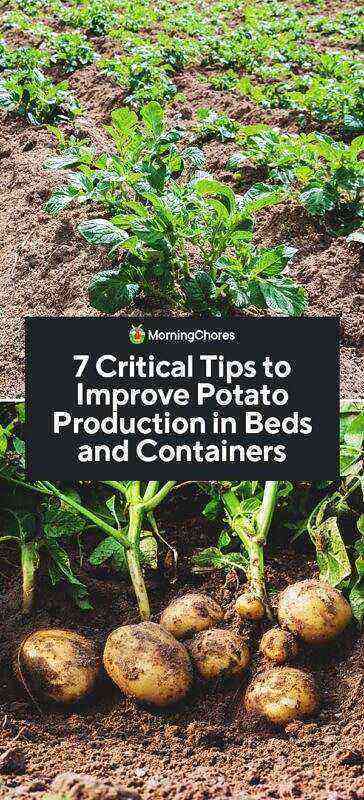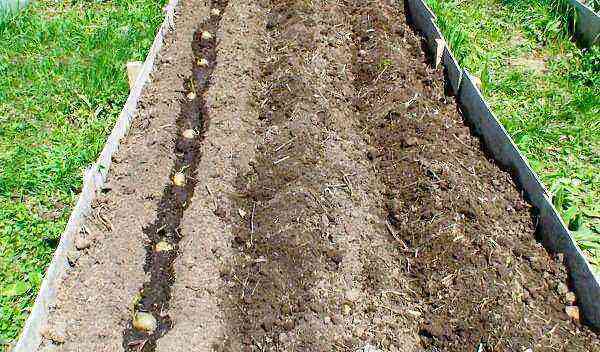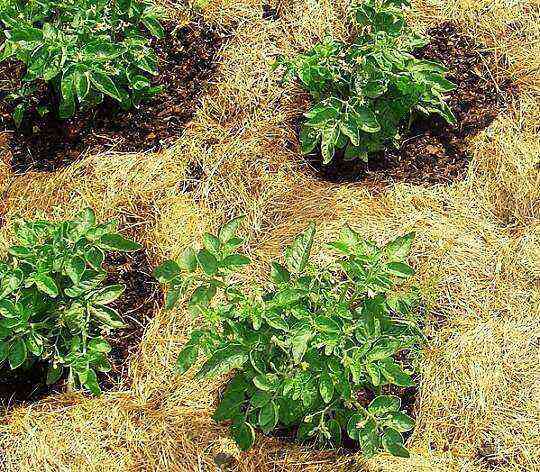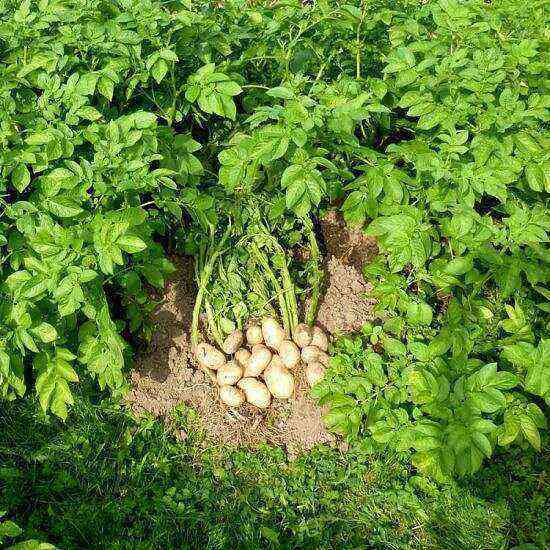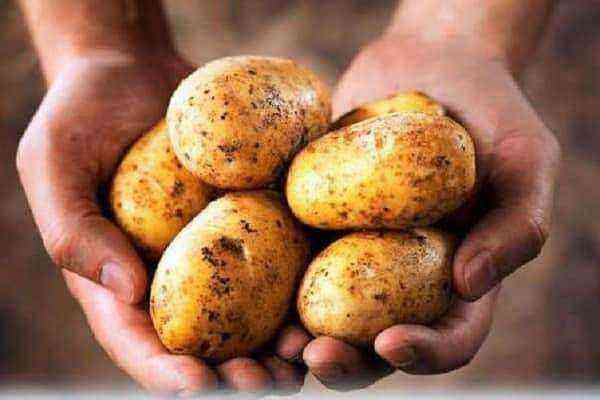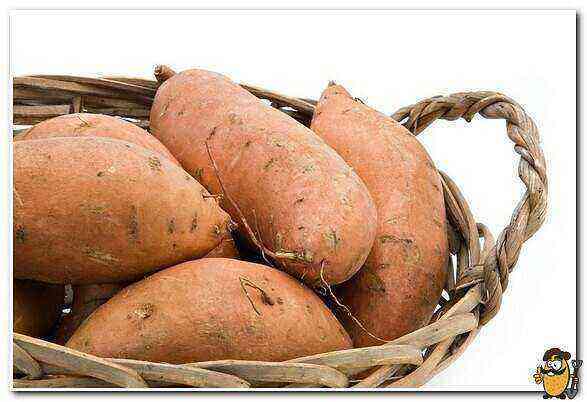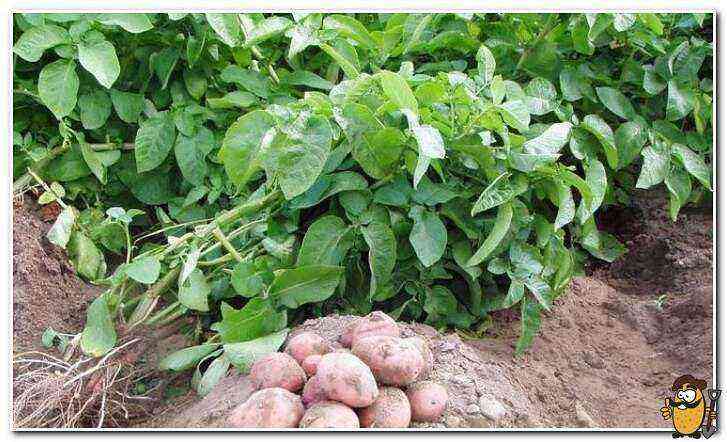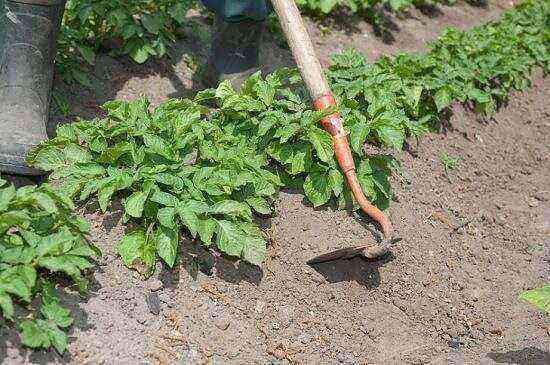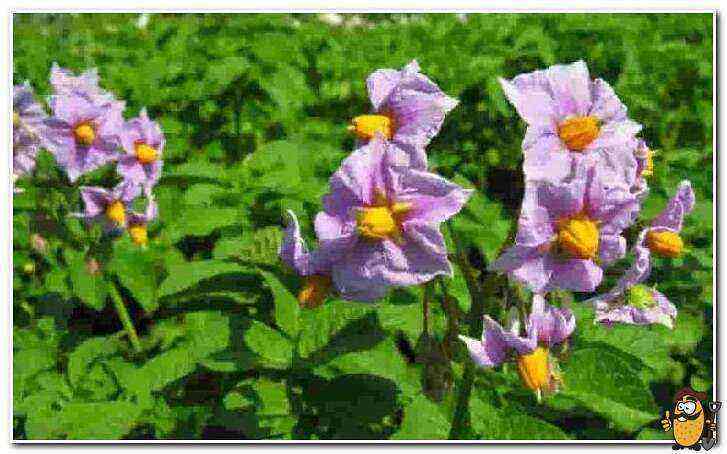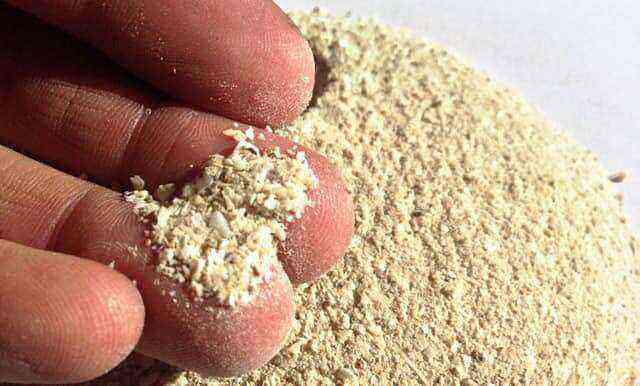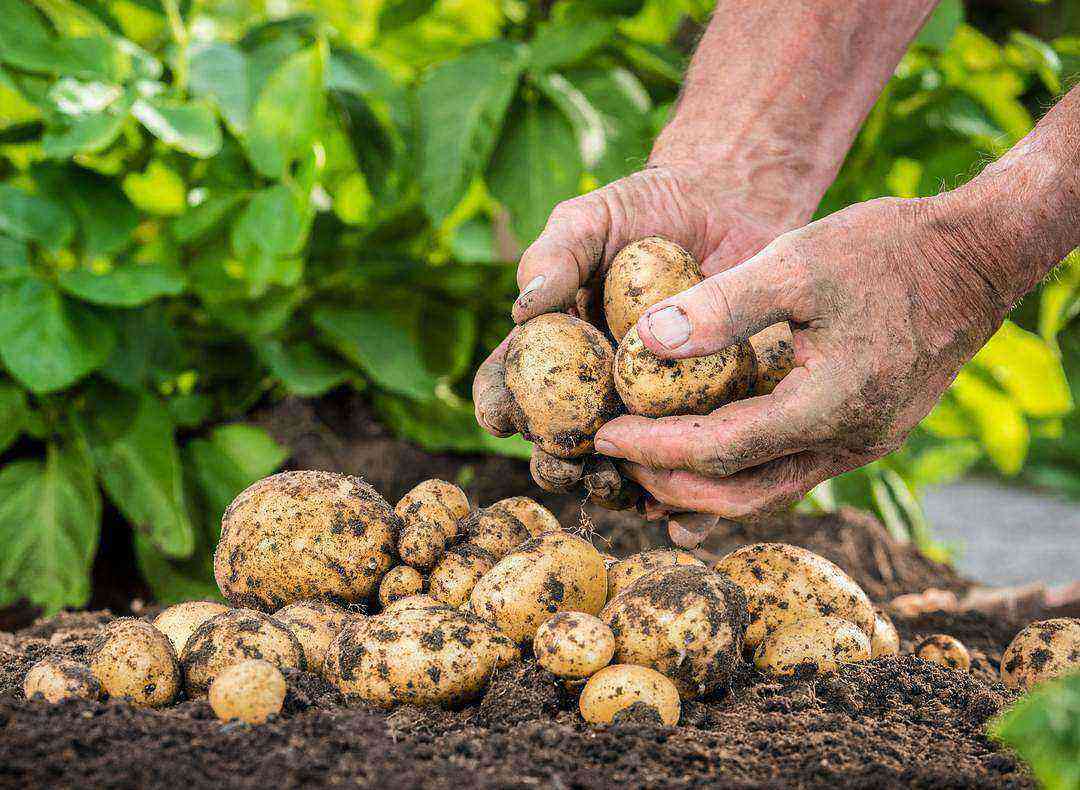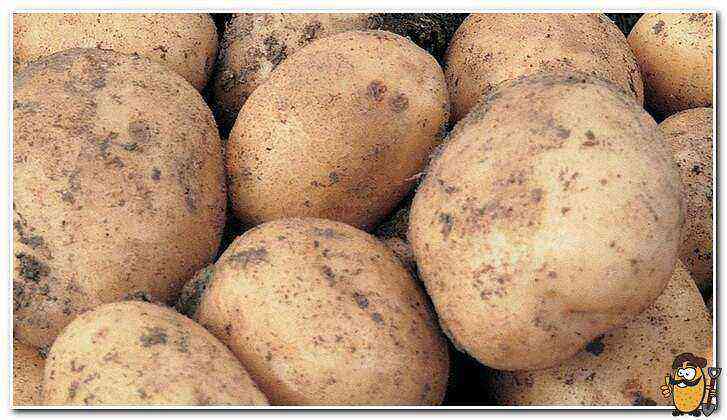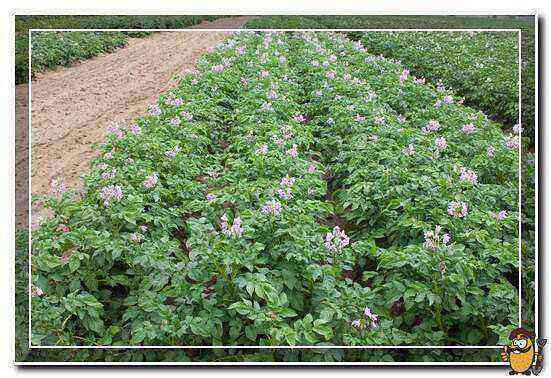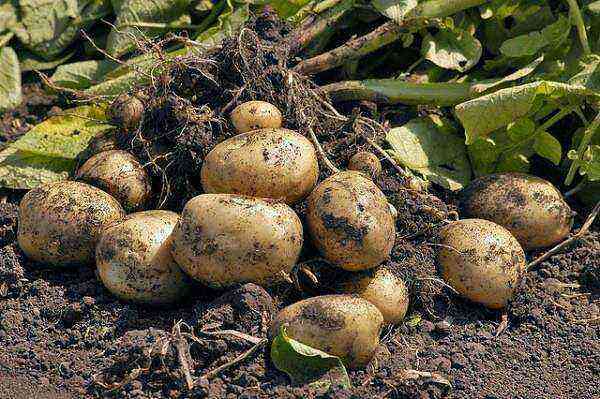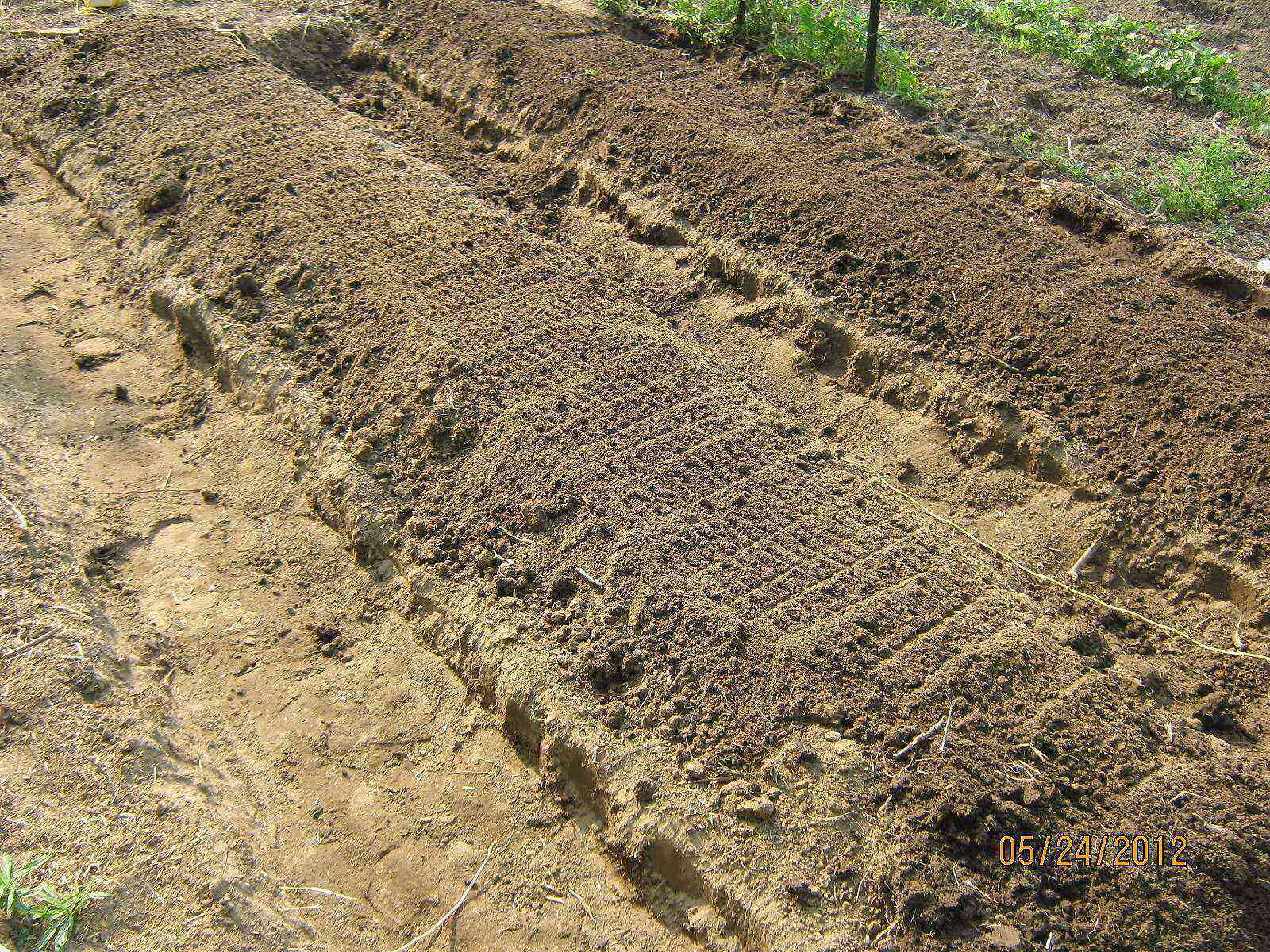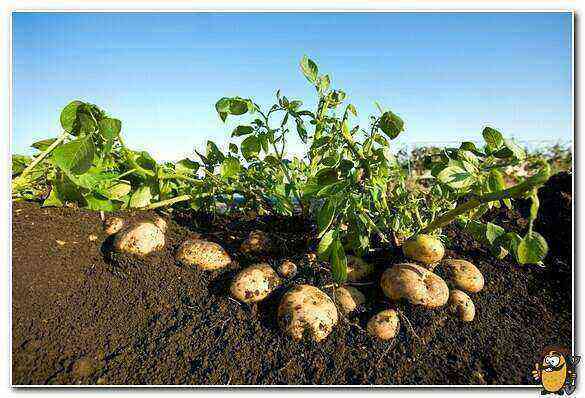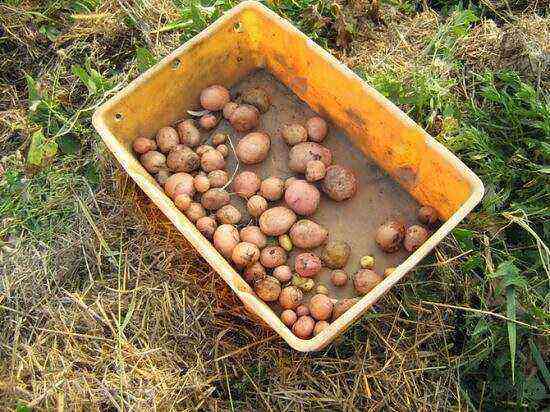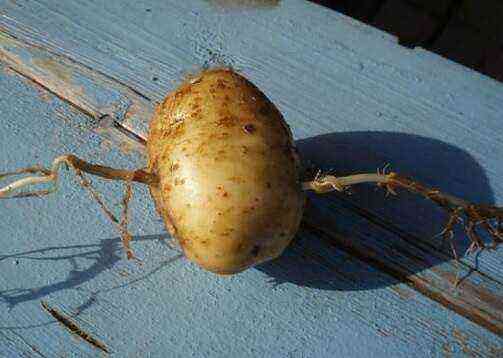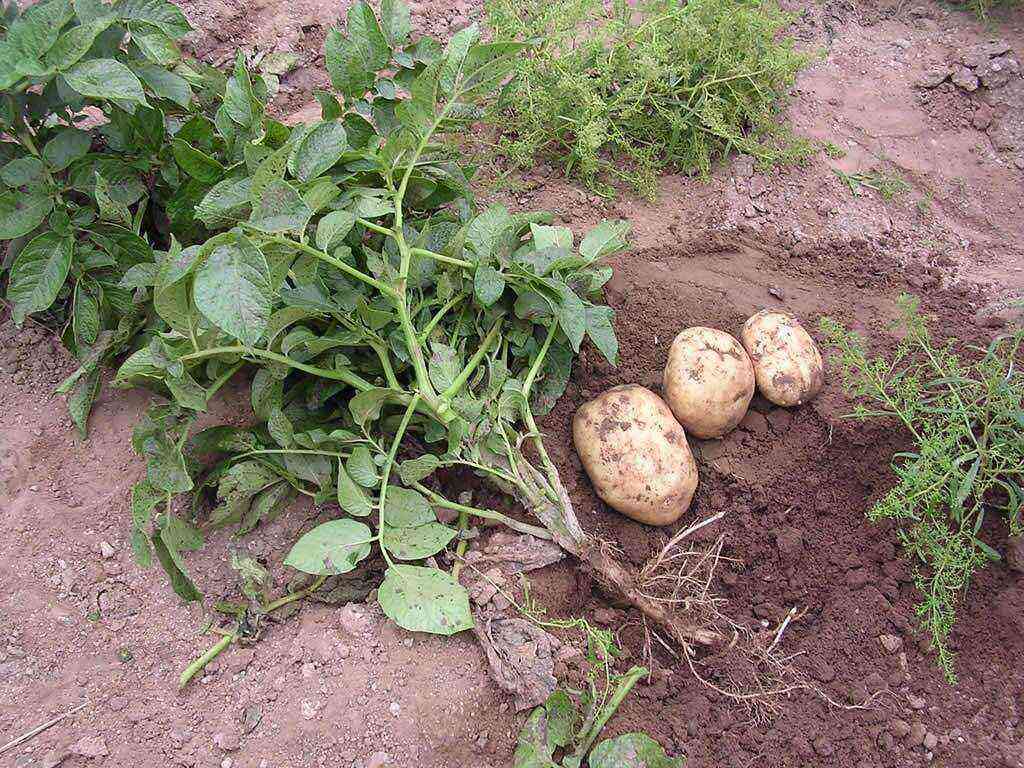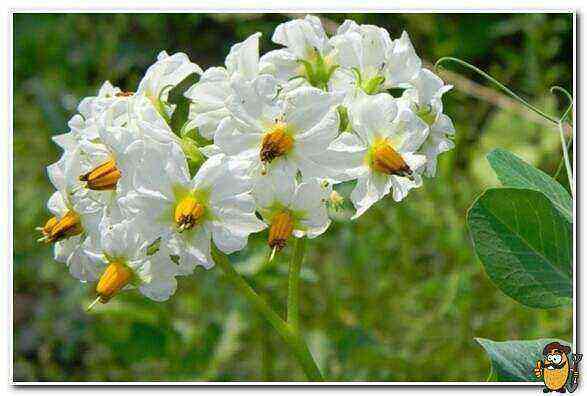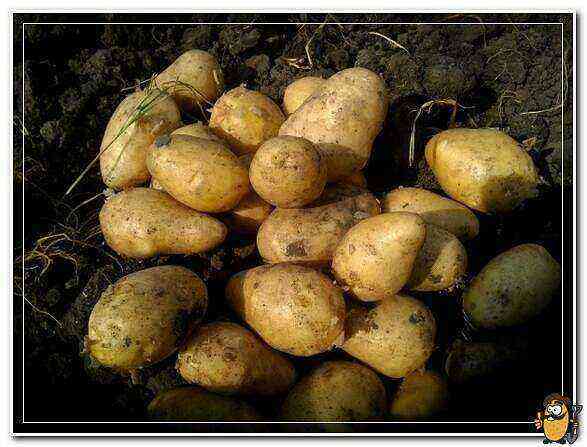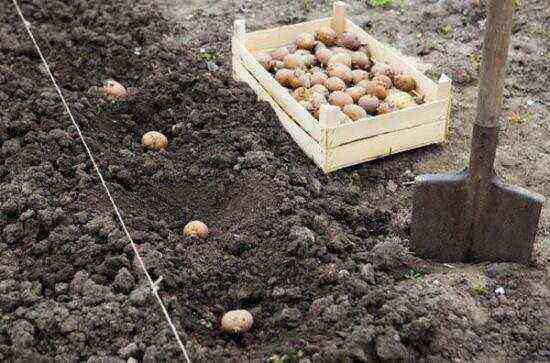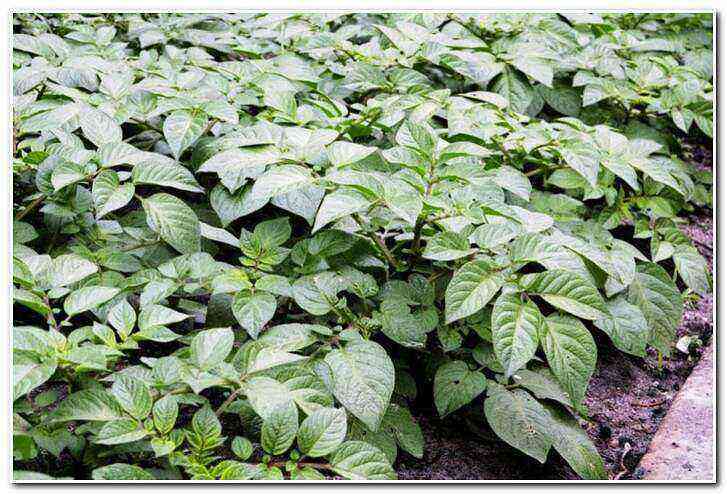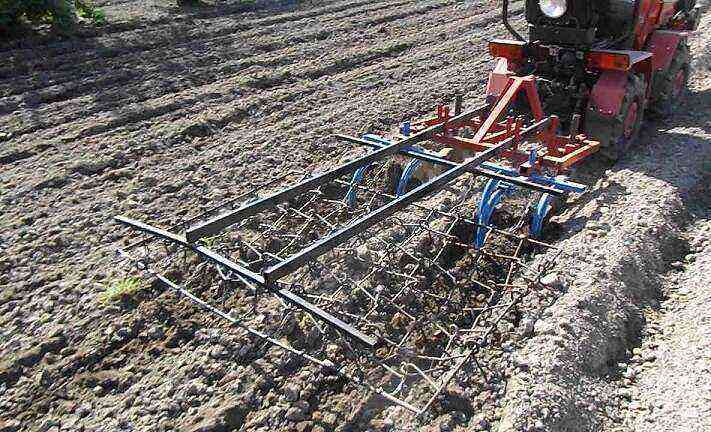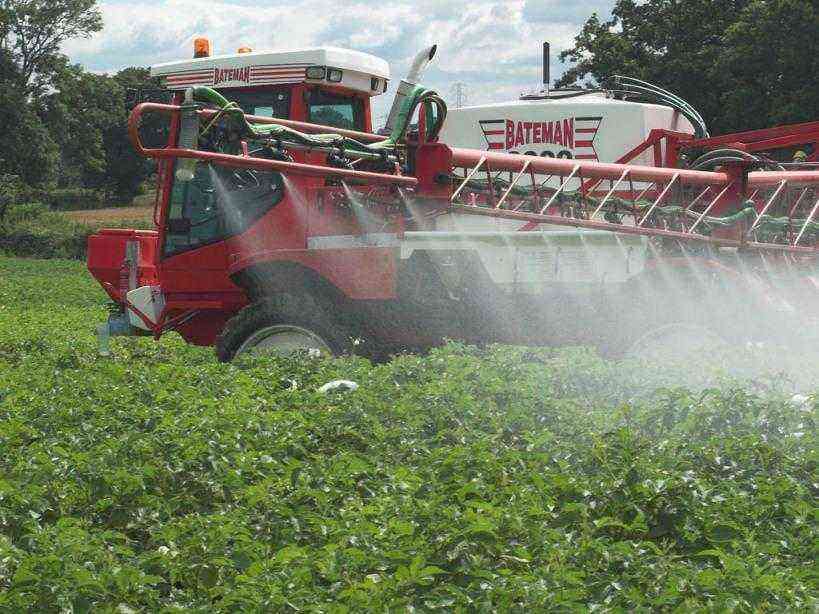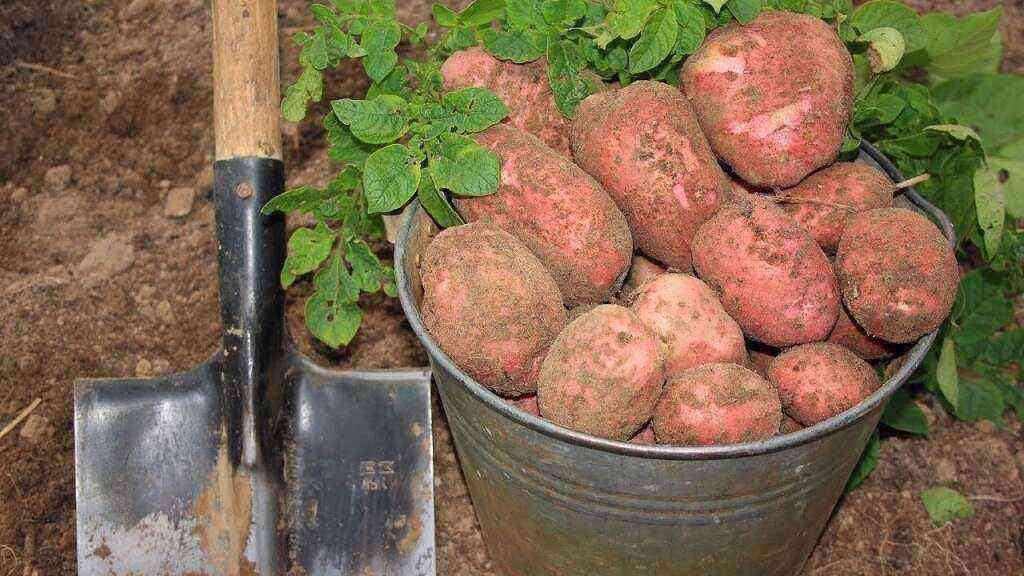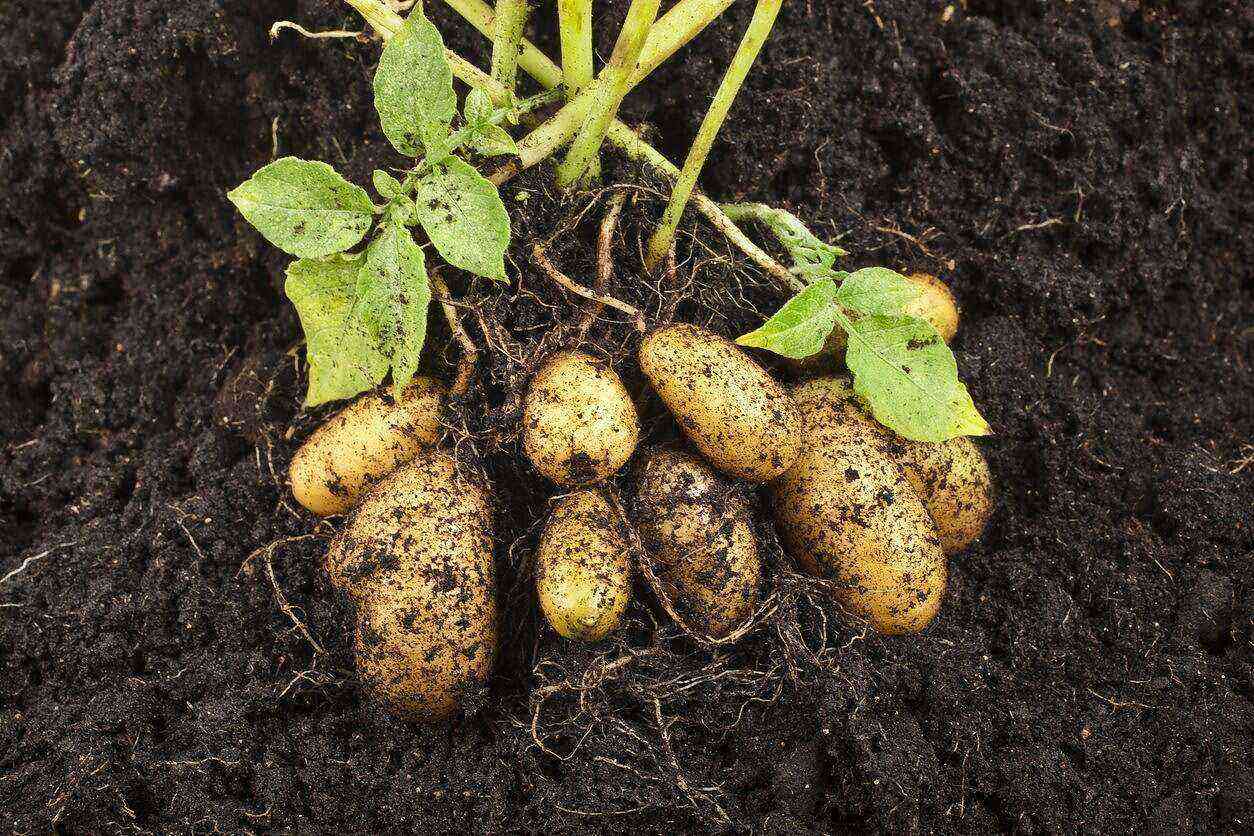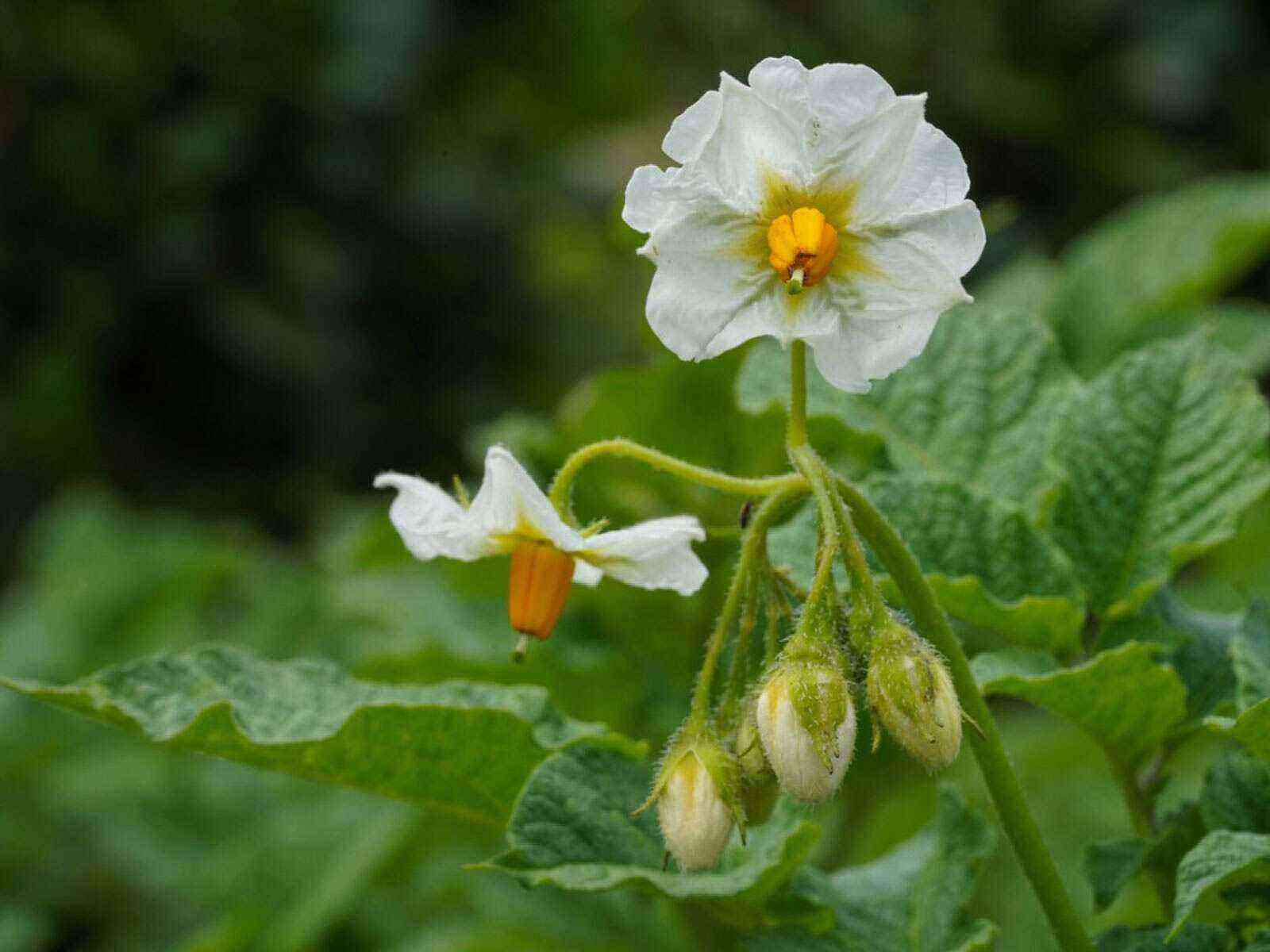Potato cancer is one of the most insidious and unpleasant diseases that causes serious and long-term damage to potato plantations. If symptoms of cancer appear on your site, then there is a high probability of the death of the entire crop if timely measures are not taken. To detect a disease, you need to know the early symptoms.
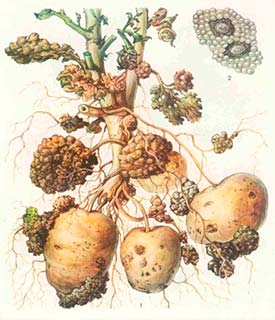
According to Rosselkhoznadzor, in 2014, potato cancer was most widespread in the Republic of Mordovia, in the Zubovo-Polyansky and Krasnoslobodsky districts.
The causative agent of the disease, fungus Synchytrium endobioticum, spreads quickly and easily with planting material, as well as through contaminated soil. This infection is native to the Andean region of South America, but is now spread throughout the world where potatoes are grown on an industrial scale (absent in most parts of tropical Africa, the Middle East, most parts of Canada, Japan and Australia). The optimum temperature for the life of the fungus is + 20 ° C, and it does not tolerate heat well.
Potato cancer symptoms
Cancer is quite easy to detect, thanks to symptoms that no other disease has. At an early stage, these are greenish growths on the stems and leaves of potatoes and white growths on the tubers. The size of the growths can be different – from a small swelling to an ugly mass that is larger than the size of the tuber.
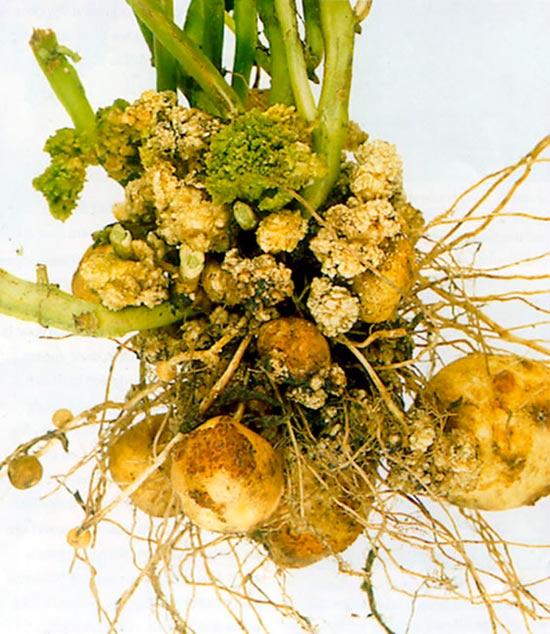
In advanced cases, these growths become dark and decompose, throwing out a huge amount of fungal spores into the environment.

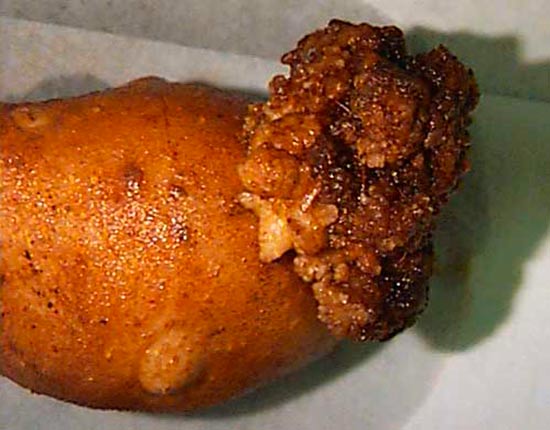
If it comes to the release of fungal spores, then the earth becomes infected for a period of 20 or more years – this mushroom is very viable and hardy.
Control and prevention measures
The first step in the fight against potato cancer is to detect the disease at an early stage. For this, the planting of potatoes is examined during the period of tuber formation and during harvest. If a potato cancer is found, it is necessary to immediately report it to the local Rosselkhoznadzor administration.
Infected tubers and tops are destroyed right on the infected area – they are buried in a hole to a depth of at least 1 meter, after having been treated with bleach.
Quarantine is established on the infected area – the export of potato tubers, bulbs and root crops from the infected area is prohibited. If the infected potatoes were fed to livestock, then the use of manure as fertilizer is prohibited. The cultivation of cancer-susceptible potato varieties is prohibited.
Potatoes grown in the infested area should not be used as seed. It can be harvested, transported outside the contaminated area with a quarantine certificate and used only for technical purposes.
You can protect yourself from potato cancer by planting cancer-resistant varieties. These varieties will have a beneficial effect on cleaning the soil from infection, where the possibility of crop rotation is limited.
To prevent the disease in previously infected areas, a complete replacement of potato varieties is carried out at least once every 1 years.
Cancer-resistant potatoes: Victoria, Temp, Chernigovsky, Zhukovsky early, Ilyinsky, Nikulinsky, Luck, Vital, etc.
